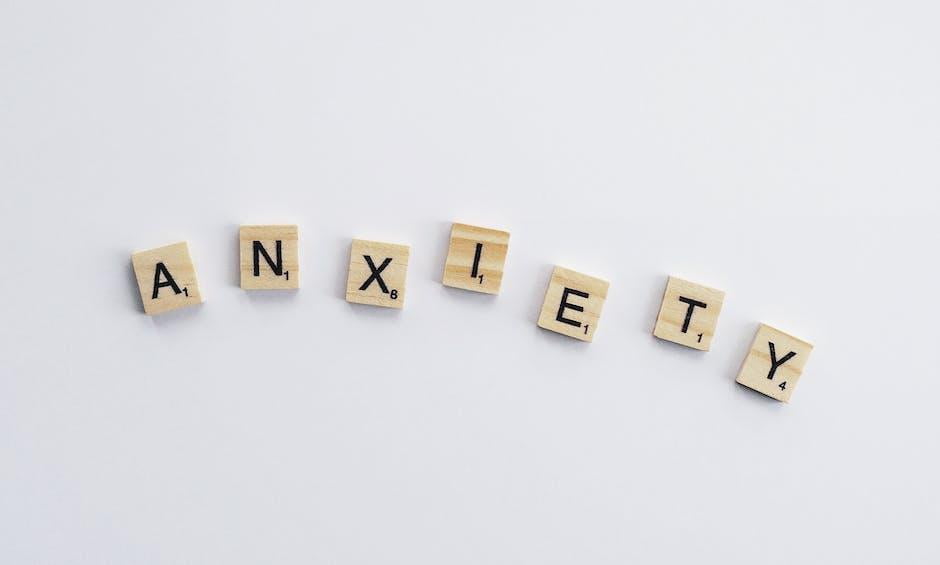Feeling overwhelmed by a sudden wave of panic can be like being caught in a storm without an umbrella. But don’t worry, there are effective techniques to help calm your mind during these moments. Understanding these methods can be your lifeline, guiding you back to calm waters. Let’s dive into these techniques and explore how they can help you regain control.
Key Takeaways
- Panic attacks are temporary and manageable.
- Breathing and grounding techniques can provide immediate relief.
- Physical activities and environmental changes can reduce anxiety.
- Mental techniques and social support are crucial for long-term management.
- Professional help and medication may be necessary for some individuals.
Understanding Panic Attacks
Definition and Symptoms
Panic attacks are sudden episodes of intense fear or anxiety that trigger physical reactions, even when there is no real danger. Symptoms can include a racing heart, sweating, trembling, shortness of breath, and a sense of impending doom. It’s like your body’s alarm system going off without a fire.
Causes and Triggers
Various factors can trigger panic attacks, such as stress, genetics, or certain medical conditions. Sometimes, they seem to come out of nowhere, making them even more frightening. Understanding your personal triggers can help you prepare and manage them better.
The Temporary Nature of Panic
The good news is that panic attacks are temporary. They usually peak within 10 minutes and then gradually subside. Remembering this can help you ride the wave until it passes. It’s like knowing that the storm will eventually clear, revealing a calm sky.

Breathing Techniques
Diaphragmatic Breathing
Steps to Practice
Diaphragmatic breathing, also known as belly breathing, involves taking deep breaths that fill your lungs and expand your diaphragm. Here’s how to do it:
- Sit or lie down comfortably.
- Place one hand on your chest and the other on your belly.
- Inhale deeply through your nose, letting your belly rise.
- Exhale slowly through your mouth, feeling your belly fall.
Benefits for Panic Relief
This technique helps slow your heart rate and reduce anxiety, bringing a sense of calm. It’s like hitting the reset button on your body’s stress response.
Counting Breaths
Methodology
Counting breaths is a simple yet effective way to focus your mind and calm your body. Count each inhale and exhale up to ten, then start over. This rhythmic counting can distract your mind from panic.
Focus and Calmness
By concentrating on your breath, you shift your focus away from panic, allowing your mind to settle. It’s like finding a quiet corner in a noisy room.

Grounding Techniques
The 5-4-3-2-1 Method
Explanation of the Technique
This grounding technique involves using your senses to bring you back to the present moment. Identify:
- 5 things you can see
- 4 things you can touch
- 3 things you can hear
- 2 things you can smell
- 1 thing you can taste
Benefits of Grounding
Grounding techniques help anchor you in reality, reducing the intensity of panic. It’s like planting your feet firmly on the ground during a strong wind.
Focusing on an Object
How to Choose an Object
Pick an object nearby, like a pen or a piece of jewelry. Focus on its details—color, texture, shape.
Mental Distraction
This technique shifts your attention from panic to the object, providing a mental distraction. It’s like finding a lighthouse in a stormy sea.

Physical Techniques
Light Exercise
Types of Activities
Engage in light exercises like walking, stretching, or yoga. These activities can help release tension and reduce anxiety.
Effects on Anxiety
Exercise increases endorphins, improving mood and reducing stress. It’s like giving your mind a refreshing breeze.
Progressive Muscle Relaxation
Steps to Practice
Progressive muscle relaxation involves tensing and then relaxing each muscle group in your body. Start from your toes and work your way up.
Benefits for Physical Symptoms
This technique helps release physical tension, easing symptoms of panic. It’s like letting go of a heavy backpack after a long hike.

Environmental Adjustments
Finding a Peaceful Spot
Importance of Environment
Your environment can significantly impact your anxiety levels. Finding a peaceful spot can help calm your mind.
Tips for Relocation
Look for a quiet place with minimal distractions. Nature spots, like parks or gardens, can be particularly soothing.
Aromatherapy
Calming Scents
Scents like lavender, chamomile, and sandalwood are known for their calming properties. They can help reduce anxiety and promote relaxation.
How to Use Aromatherapy
Use essential oils in a diffuser or apply them to your wrists. Inhaling these scents can help soothe your mind, like a gentle lullaby.

Mental Techniques
Visualization
Picture a Happy Place
Visualization involves imagining a peaceful scene, like a beach or a forest. Close your eyes and immerse yourself in this mental escape.
Benefits of Positive Imagery
Positive imagery can help shift your focus from panic to calmness, reducing anxiety. It’s like taking a mental vacation.
Repeating a Mantra
Choosing a Calming Phrase
Select a calming phrase or mantra, like “I am safe” or “This too shall pass.” Repeat it to yourself during moments of panic.
Impact on Thought Patterns
Repeating a mantra can help rewire your thought patterns, promoting a sense of calm. It’s like having a comforting friend by your side.

Social Support
Sharing Feelings
Importance of Communication
Talking about your feelings can help reduce anxiety and provide relief. It’s like opening a window to let fresh air in.
Choosing the Right Person
Share your feelings with someone you trust, like a friend or family member. Their support can be invaluable during tough times.
Learning Triggers
Identifying Personal Triggers
Understanding your triggers can help you prepare for future episodes. Keep a journal to track patterns and identify triggers.
Preparing for Future Episodes
Once you know your triggers, you can develop strategies to manage them. It’s like having a map to navigate through a maze.
Medication and Professional Help
Prescribed Medications
When to Take Medication
Medication may be necessary for some individuals to manage panic attacks. Consult a healthcare professional to determine if it’s right for you.
Importance of Following Directions
Always follow your doctor’s instructions when taking medication. It’s crucial for your safety and effectiveness.
Seeking Professional Guidance
Therapy Options
Therapies like cognitive-behavioral therapy (CBT) can help manage panic attacks. They provide tools to change thought patterns and behaviors.
Long-term Strategies for Management
Professional guidance can help develop long-term strategies for managing panic attacks. It’s like having a coach to guide you through the game of life.

In conclusion, calming the mind during moments of panic is possible with the right techniques and support. By understanding and practicing these methods, you can regain control and find peace amidst the storm. For more strategies on managing anxiety and panic attacks, check out this guide or explore natural ways to relieve panic attacks. Remember, you’re not alone in this journey, and help is always available when you need it.
Failed to generate valid FAQ section



